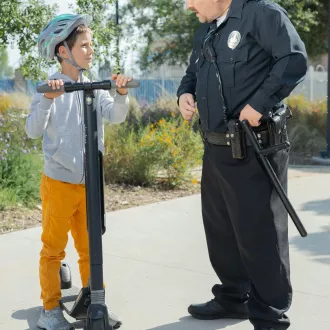Transcription How to help the child identify and define the problem?
Teaching children to make decisions is an essential skill that will serve them well throughout their lives, as they face a variety of challenges at every stage. As adults, we have a responsibility to help them develop this ability effectively and safely. In this article, we will explore various strategies that parents can use to guide children in making decisions in times of difficulty or under pressure.
Understanding the importance of teaching decision-making
Before teaching children how to make decisions, it is essential to understand the value of this skill. Knowing how to make decisions is crucial to daily life, and children need to learn this competency in order to face life's challenges successfully. Those who do not acquire this skill may experience difficulty coping with problems and making important choices as adults. Teaching them to decide also builds their self-esteem and confidence. As children acquire the ability to make decisions for themselves, they feel more confident and prepared to face adversity. They also gain greater control over their lives, enabling them to make decisions that move them closer to their goals and aspirations.
Identifying difficult or stressful situations
The next step is to help children recognize difficult or high-pressure times when they will need to make decisions. Some of these situations may include:
- Deciding how to act in an emergency.
- Choosing what to do if they are being bullied or harassed.
- Evaluating whether a behavior is safe or dangerous.
- Making decisions in the face of social pressure, such as accepting or refusing to use drugs or alcohol.
It is key that children learn to identify these scenarios and understand the relevance of
help identify problem




